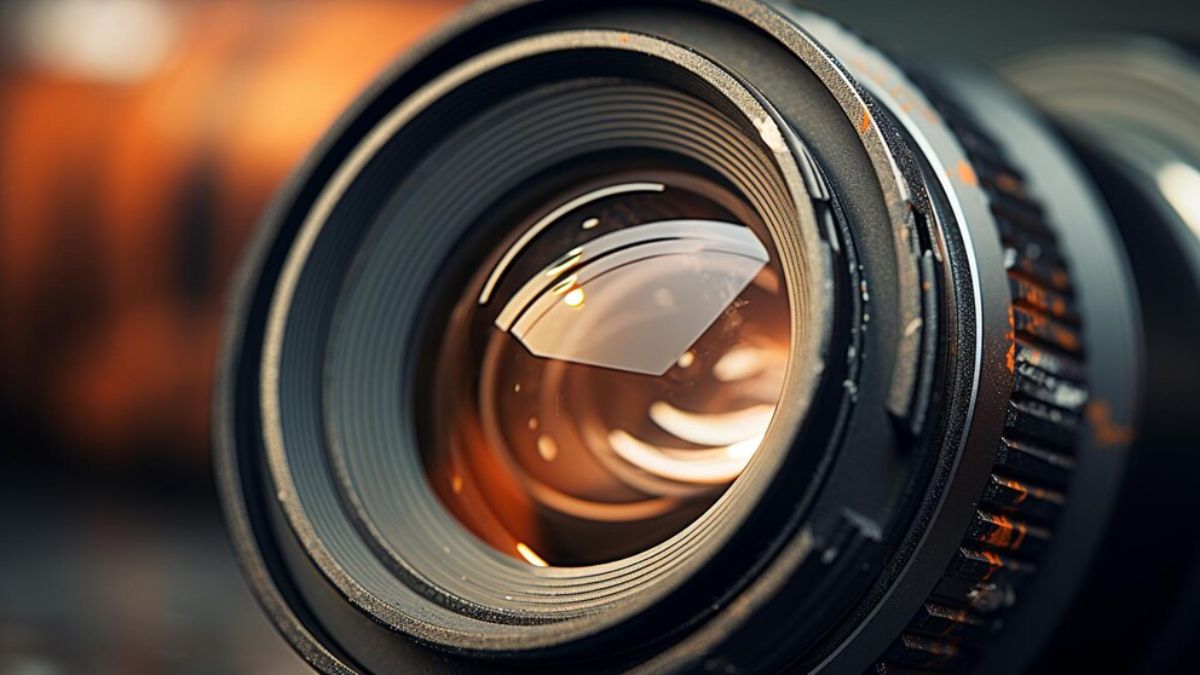
Standard lenses
Standard lenses have a mid-range focal length, usually between 35mm and 85mm. These lenses offer a fairly accurate representation of what the human eye sees, both in terms of visual angle and perspective. As a result, images are perceived as more natural than those taken with other types of camera lenses.
Also known as “normal lenses,” their human-like viewpoint is especially valuable in documentary projects such as street, portrait and travel photography. Beyond these genres, this lens is considered a standard lens that every professional photographer must have in their equipment. Out of the many options, the 50mm prime lens, popularly
referred to as “Nifty Fifty,” is the preferred gear choice among professionals and amateurs alike.
Telephoto lenses
Telephoto lenses have long focal lengths, starting at 85mm, and allow you to photograph subjects from a distance thanks to their magnification. They are significantly heavier and bigger than other types of lenses, and more often than not require the use of camera accessories such as tripods or monopods.
Since depth of field is inversely proportional to focal length, these lenses inherently produce very narrow focal planes. This makes short telephoto lenses especially useful for portrait photography, as the background appears completely blurred. In other types of photography, they offer the ability to get close up shots from a significant distance away. This is what makes these lenses so popular among a variety of fields, such as sports and wildlife photography.
Wide angle lenses
Wide angle lenses are those with a short focal length, commonly ranging from 14 to 35mm. The broader field of view allows you to capture more of the scene in a single exposure. Because of this, wide angle lenses are particularly popular in architecture and landscape photography.
Another one of the key features of these types of camera lenses is their ability to create a large depth of field. This allows the photographer to capture shots where most of the scene is razor sharp. On the downside, the shorter the focal length is, the more distortion you’ll see in your images. While you can use a free photo editing software to correct this issue, it’s recommended to avoid placing elements near the frame to minimize the damage.
Fish eye lenses
Fish eye lenses are ultra wide angle lenses with a focal length between 4mm to 14mm. They’re most commonly used in abstract photography, as their unique mapping gives the image a convex appearance that distorts straight lines. The lowest focal lengths can result in circular images that provide a 180° view.
As you might’ve guessed, their name comes from their similarity to fish eyes. You can see in the frontal element of the lens that it bows forwards to offer a panoramic view. While the singularity of this type of camera lens makes them unsuitable for most projects, they are a wonderful tool to bring your creative photography ideas to life.
Macro lenses
Macro lenses have a unique internal structure that allows them to capture close ups with accurate detail, sharpness, and contrast. The purpose of this type of lens is to display subjects at life size (1:1) or larger. They’re primarily used to capture beautiful nature photos, but are also significantly popular in fields such as product and fine art photography.
The focal length of macro lenses usually varies between 35mm and 200mm. However, many prefer telephoto lengths as being far from the subject makes it easier to illuminate the scene. Regardless of the distance the photographer is from their subject, macro lenses do not perform well in far distances. In other words, you won’t be able to get a sharp focus in a broad frame.
Tilt-shift lenses
Tilt-shift lenses can be tilted and shifted to manipulate the vanishing points of the scene. This is achieved by modifying the position of the optics in relation to the camera sensor. They’re used to alter perspectives and reduce lens distortion, as well as to focus selectively.
This type of lens is not commonly used by the regular public, but rather in specialized photography careers such as architecture photography and fine art photography.

 Admin
Admin
Leave A Reply
Your email address will not be published. Required fields are marked *